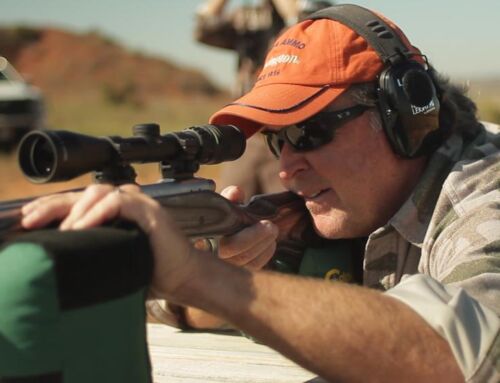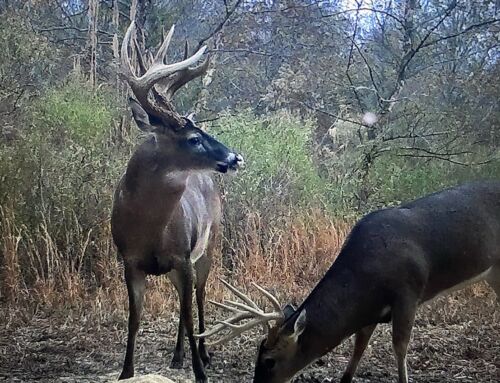 Mule deer populations in Eastern Montana are showing signs of a strong recovery based on post-hunting season surveys this winter.
Mule deer populations in Eastern Montana are showing signs of a strong recovery based on post-hunting season surveys this winter.
This is great news, since most of what you read and hear is how muley numbers are down and falling across much of the West.
From 2010 to 2012, a string of cold, snowy, brutal winters that lingered into spring cut mule deer numbers by as much as 55 percent in the region. But after surveys this winter, biologists estimate a near-record number of 91 fawns per 100 does in many areas.
Bucks are also doing well, with an average of 37 bucks per 100 does compared to a long-term average of 32 per 100 in Eastern Montana. Biologists note that observations from hunter check stations last fall showed that many young bucks had great antler growth, a sign that the habitat are forage are in good shape, and that deer are finding plenty to eat.
This is especially welcome news for me since Northeastern Montana, up around Glasgow, is one of my favorite places to hunt. I hunted this wild, raw country with my friend Kelly of Burke Ranch Outfitters last November, and saw a noticeable increase in the number of deer, confirming anecdotally that the muleys have made a big comeback. Kelly also has fantastic hunting for big elk in the Breaks.
I shot a great old buck in a remote canyon at dark one night, and boned the meat and packed him out the next morning. It was one of my favorite hunts from last fall, invigorating spot-and-stalk, and you’ll see it on a new episode of BIG DEER TV this fall.






A prime example of how populations can rebound. Animals can and do increase logarithmicly- especially game animals if left untouched. A good example is the Kaibab region around the grand canyon. Any wildlifer has studied this in predator/ prey relationships. Great to see them come back- the Milk R. will flow well. As you saw- the deer that survived are doing exceptionally well.